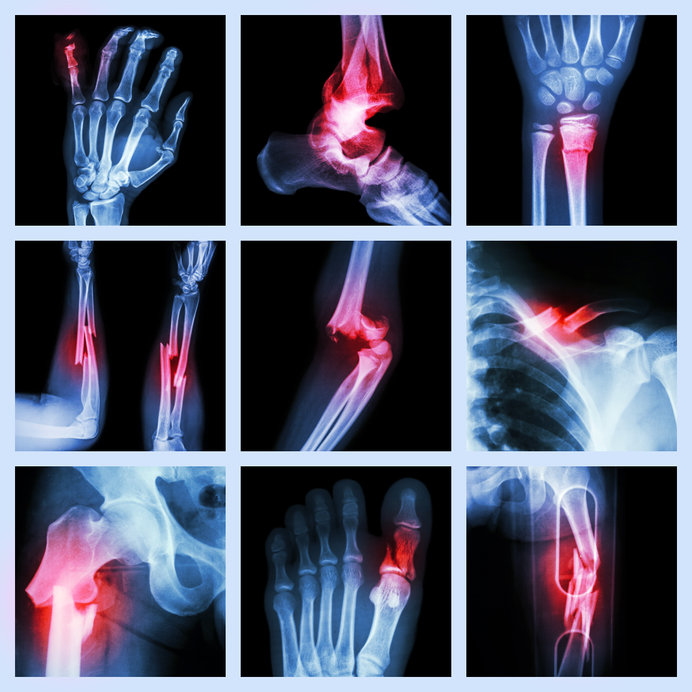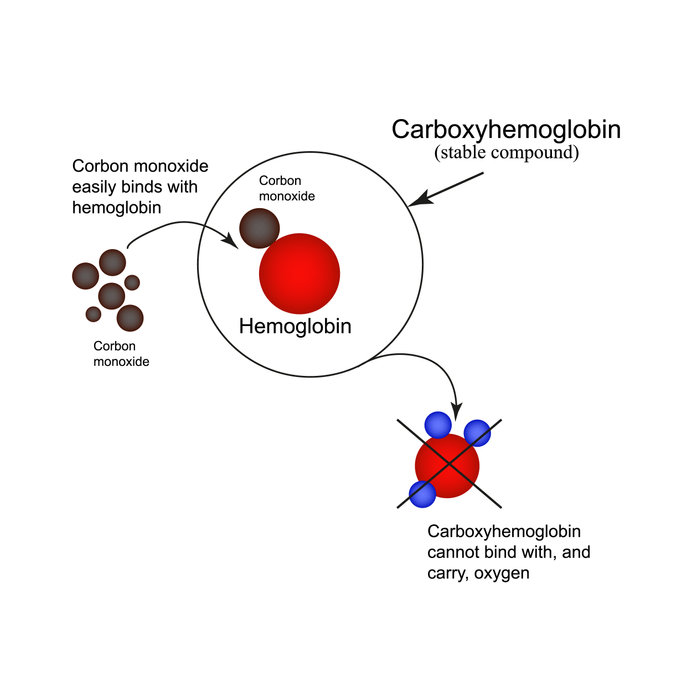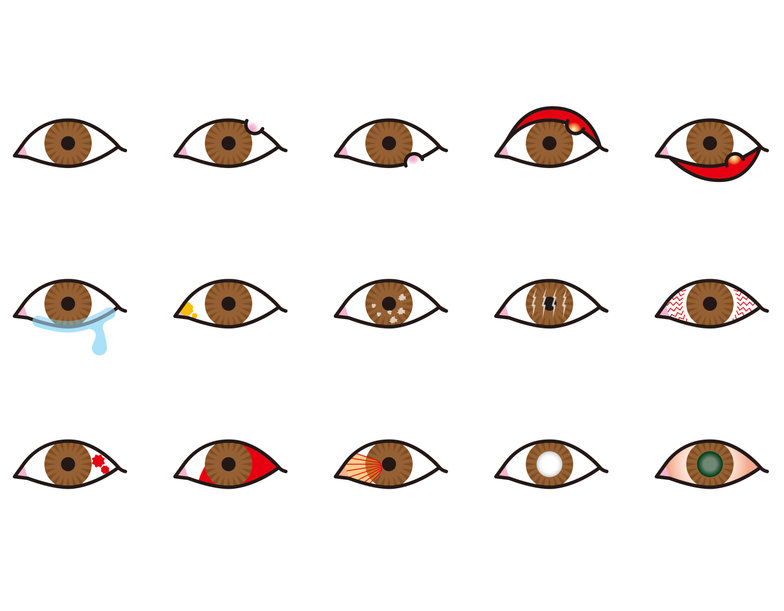
Injuries caused by falls from a height
22nd September 2021
Why carbon monoxide poisoning is difficult to detect
7th October 2021Diagnosing a painful red eye
If a patient presents with a painful red eye condition there are a number of diagnoses that medical professionals might consider. A painful red eye is a common issue in doctor’s surgeries and emergency departments and it could be the sign of something more serious so it’s essential to be aware of any potential sight-threatening issues. We take a look at the different potential diagnoses of a painful red eye and the traps to avoid!
Potential causes of a painful red eye
There can be many causes of a painful red eye, from serious opthalmological conditions to infections to injury. In general, many cases are harmless and can be simply treated, however it is important to pay attention to accompanying symptoms like swelling, painful eye movements, light sensitivity and blurry vision. Some of the main causes are:
– conjunctivitis
– scleritis
– corneal ulcers
– uveitis
– corneal abrasions
– viral keratitis
It’s important that physicians take the time to properly investigate the eye and be aware of potential issues which a painful red eye could signify.
Conditions which could cause a painful red eye
Medical professionals are faced with a number of possible conditions which are linked to painful red eyes. Some of the most common include…
Conjuctivitis
Often called red eye or pink eye, if a patient has sore and red eyes they may have conjuctivitus and this is a common diagnosis. Symptoms include red eyes which burn, feel gritty, itch, water and produce pus that sticks to lashes. However, this usually affects both eyes so it might not be the correct diagnosis in all cases of a painful red eye.
Scleritis
Scleritis is a condition that can cause a painful red eye, headaches, painful eye movements and the affected area will be a deep pink colour. This is a condition that mostly affects those with underlying systemic rheumatological conditions, such as arthritis or after an ocular infection or surgery. In order to treat scleritis, clinicians must treat the underlying cause through steroids or antibiotics.
Burst blood vessel
A burst blood vessel in the eye or subconjunctival haemorrhage is caused when a small blood vessel in the eye breaks just underneath the clear surface of the eye. It can be caused by rough eye rubbing, trauma to the eye, straining or even violent coughing. It rarely needs treatment and usually disappears within a fortnight.
Uveitis
If an eye is painful, swollen, red and sensitive to light, the patient could be suffering from Uveitis, which is the inflammation of the uveal tract. Other signs include a mild reduction in visual acuity, hypopyon, cloudy view or an irregular pupil. This condition usually affects young, white males so it is important for clinicians to be aware of these patients and it can also be linked with IBS, HLA-B27 positive autoimmune conditions and infections like TB, herpes simplex and syphilis. Treatment is designed to prevent visual loss and control inflammation and can involve steroids, antimicrobial treatment or systemic immunosuppressants.




